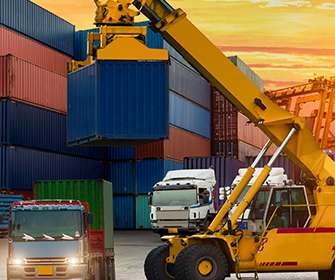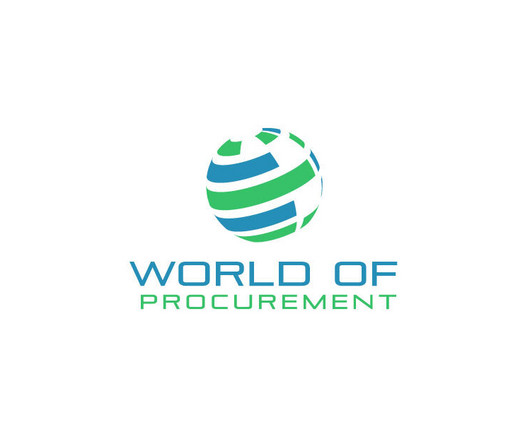Supply Chain Disruptions in Schools: Challenges and Solutions
Planergy
MARCH 18, 2025
Cristian Maradiaga King Ocean Book a Live Demo Download a free copy of "Preparing Your AP Department For The Future", to learn: How to transition from paper and excel to eInvoicing. Tools like PLANERGY enhance supply chain resilience by providing real-time tracking, data-driven insights, and streamlined communication with suppliers.













Let's personalize your content